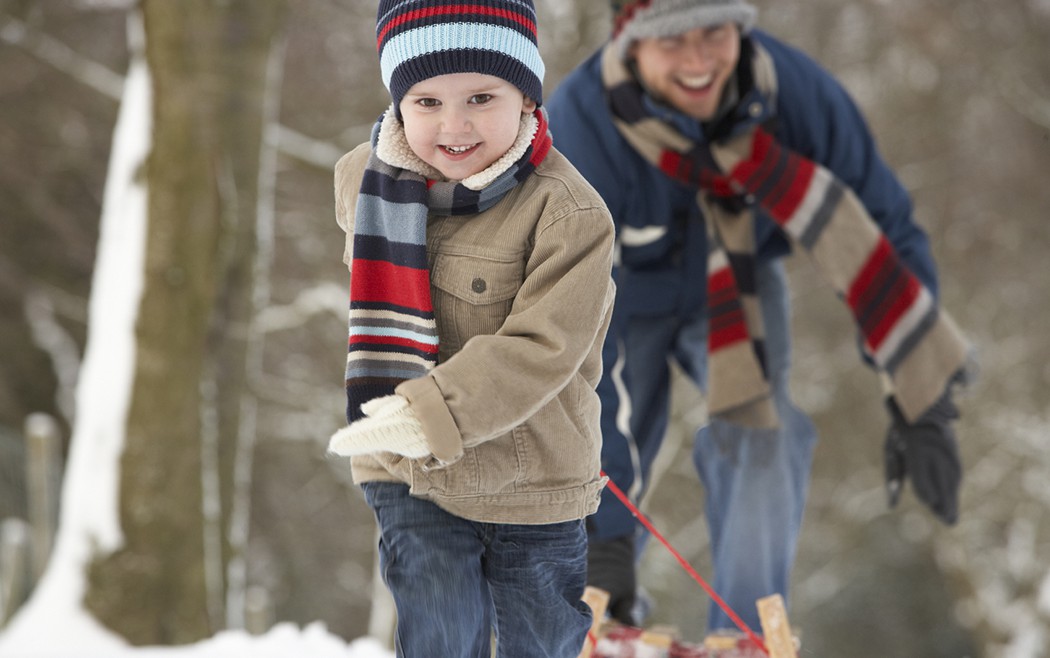When winter brings us snow, there’s one place you’ll likely find the neighborhood children—the local sledding hill. Where you don’t want to find them, however, is at the doctor’s office or hospital due to a sledding injury. Yet according to the Journal of the American Academy of Pediatrics each year more than 20,000 kids end up in emergency rooms with sledding injuries.
Keep your children safe on the local sledding slopes by following these tips:
Wear protective gear.
Your children may protest, but they should always wear a helmet. Wearing layered clothing, such as gloves, hats and boots can help protect against cuts, bruises and frostbite. If they get wet, encourage them to come in for dry clothing.
Choose the right sled.
The best sleds are those with runners and a steering mechanism. Inflatable tubes, snow discs, and random objects like plastic sheets or cafeteria trays are not good choices because children can’t properly steer them.
Select the best sledding spot.
Avoid sledding in areas that end near a creek, pond or road. Wide, clear spaces with a gradual incline work best. Be careful to avoid obstacles such as rocks, trees, poles and benches.
Use the safest sledding position.
While daredevils love to go head first down the hill, make sure your children are in a seated position with their feet first to avoid a head injury.
Teach your children how to avoid collisions.
Make sure children get off the sled and out of the way as soon as they get to the bottom of the hill. As they return back up the hill, they should walk on the outer edges rather than directly through the sledding path. Teach your children how to steer to avoid hitting anything that gets in their path. Also, show your children how to safely roll off the sled if they lose control.
Watch out for dangerous conditions.
It’s important that your children can see where they’re going. They should avoid sledding during a heavy snowstorm or at night in poorly lit areas. Also, it’s best to not sled into a snowbank unless they built it. Snowbanks can mask a tree stump, fence or some other hidden danger that can cause injury.
Skiing or snowboarding? Don’t miss these safety tips before heading to the slopes.




